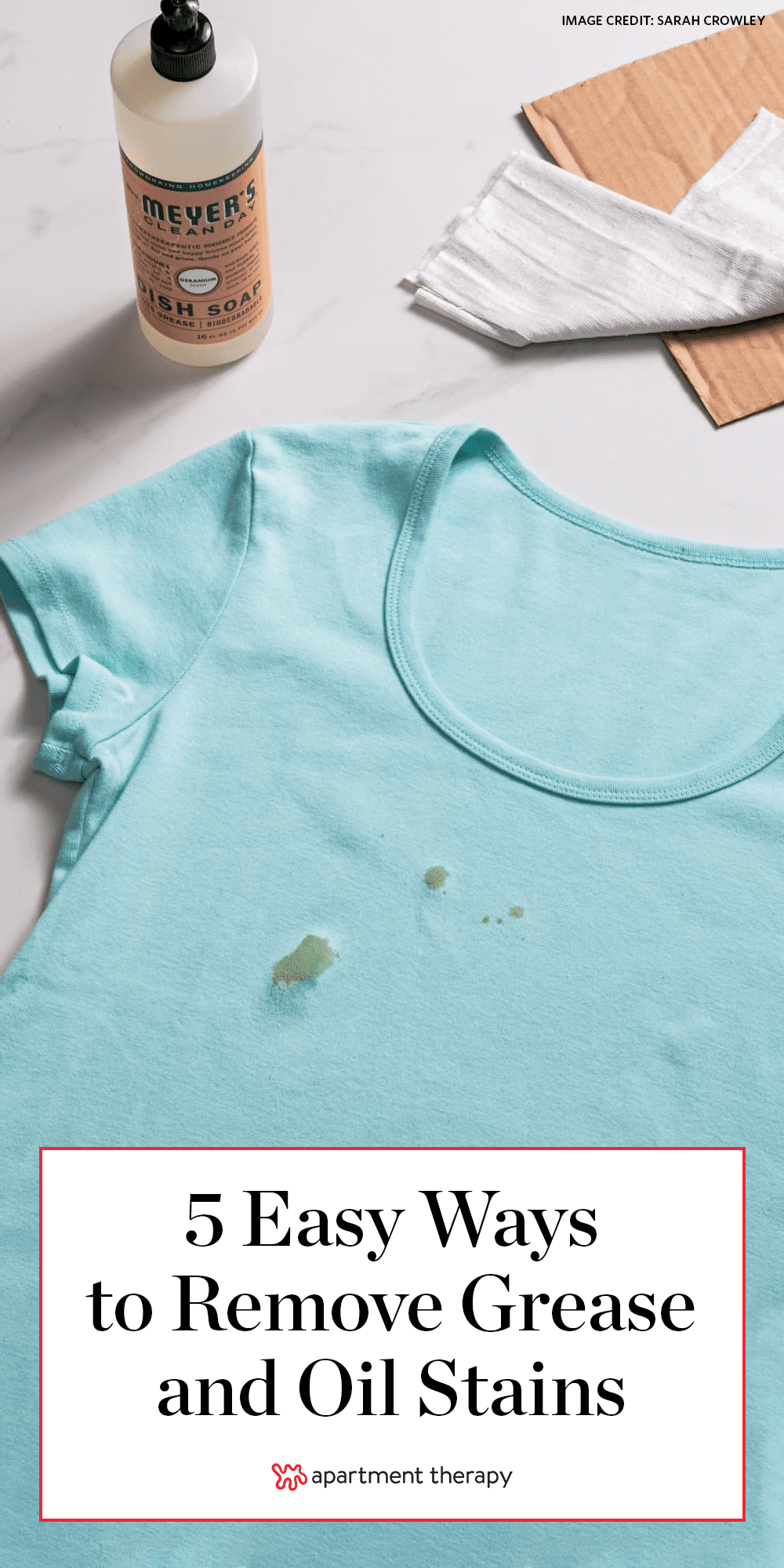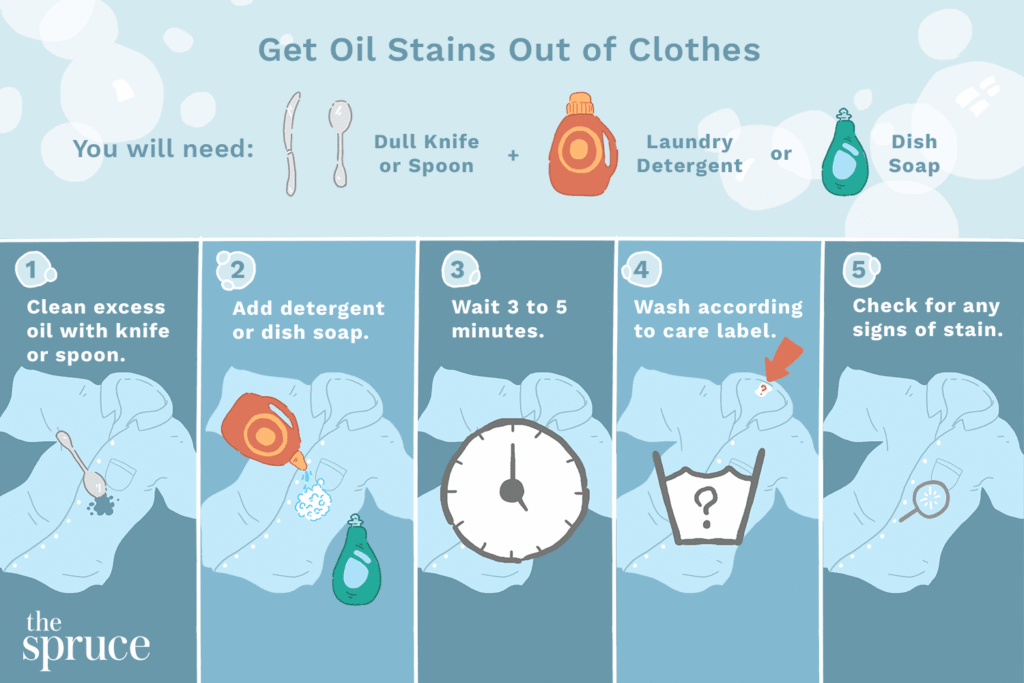Spilled oil on your favorite shirt? A greasy stain on a precious tablecloth? The frustrating truth is, oil stains are common, and they can be surprisingly stubborn. From cooking mishaps to accidental spills of motor oil, dealing with these stains is a daily challenge for many. Whether it’s a simple vinaigrette splattering on your favorite blouse or a significant oil spill on a delicate garment, the ability to effectively remove these marks can be a lifesaver. Understanding the different types of oils, their unique characteristics, and the various methods for removal is crucial for preserving our clothing and maintaining a tidy environment. This comprehensive guide dives deep into the world of oil stain removal, equipping you with the knowledge and practical strategies to tackle these common issues and keep your garments looking their best. We’ll explore different approaches, analyze their effectiveness, and provide actionable advice to help you navigate the complexities of oil stain removal, from the initial steps to the final touch-ups.
Understanding Oil Stains: A Deep Dive
The Chemistry of Oil Stains
Oil stains are notoriously tricky because oil is hydrophobic, meaning it repels water. This characteristic makes it difficult for water-based cleaning solutions to effectively lift the stain. The type of oil, its concentration, and the fabric’s composition all play crucial roles in determining the best approach for removal.

Different Types of Oil
From vegetable oil to motor oil, the type of oil significantly impacts the cleaning process. Some oils are more easily emulsified than others. For example, vegetable oil is more readily soluble in certain solvents compared to heavier industrial oils. Understanding the type of oil involved is crucial for choosing the right cleaning method.
Fabric Composition Matters
Different fabrics react differently to cleaning agents. Delicate fabrics like silk or wool require a gentle touch, while tougher fabrics like denim can withstand more aggressive treatments. Always test any cleaning solution on an inconspicuous area of the fabric first to prevent damage.
Case Study: Oil Stain on a Wool Scarf
A wool scarf stained with olive oil might require a delicate detergent solution and a careful blotting action to avoid shrinkage or damage to the delicate fibers.
Pre-Treatment Strategies: The First Steps
Act Fast: Prevention is Key
Prompt action is crucial in minimizing the size and impact of the stain. Blot the stain immediately with a clean, absorbent cloth, avoiding rubbing, which can spread the oil. The faster you intervene, the better the chance of a complete removal.
Blot, Don’t Rub
Rubbing the stain can spread the oil into the fibers, making it harder to remove. Always blot gently to absorb as much oil as possible.
Identifying the Right Cleaning Solution
Several cleaning agents can be effective, depending on the type of oil and the fabric. Experimenting with different solutions is crucial, and it’s vital to always test on an inconspicuous area first.
Effective Cleaning Methods: A Comparative Analysis
Using Absorbents: The Quick Fix
For initial stain removal, use blotting materials like paper towels or clean cloths to absorb excess oil. This pre-treatment helps prevent the stain from setting deep into the fabric.
Comparing Absorbents:
| Absorbent | Pros | Cons |
|---|---|---|
| Paper Towels | Readily available, inexpensive | Can potentially damage delicate fabrics |
| Clean Cloth | Gentle on delicate fabrics | May require multiple applications |
Applying Specific Cleaners
Detergents, dish soap, and specific oil-removing solutions can help emulsify the oil and break it down. Always follow the product instructions carefully and test on a hidden area first.
Case Study: Dish Soap Success
A small spill of cooking oil on a cotton shirt can be effectively addressed using a mild dish soap solution, followed by a thorough rinse.
Post-Treatment Care: Finishing Touches
Washing and Drying
Once the stain is significantly reduced, follow the garment’s care instructions for washing and drying. Some fabrics may require delicate washing cycles, while others can be machine-washed.
Drying Considerations
Excessive heat during drying can set the remaining oil. Using a low heat setting or air drying is usually recommended.
Troubleshooting and Challenges
Persistent Stains
Some stains might require multiple treatments or specialized cleaning solutions. If the stain persists, consult a professional dry cleaner.
Summary: A Recap of Oil Stain Removal
Removing oil stains effectively involves a multi-step process. Immediate action is crucial to prevent the stain from setting. Using absorbents, specific cleaners, and gentle washing techniques are vital. Always test cleaning solutions on a hidden area first, and follow the garment’s care instructions. For stubborn stains, professional dry cleaning services are a viable option.
- Prompt action is key to minimizing the stain.
- Blot, don’t rub to prevent spreading.
- Choose the right cleaning solution based on the oil type and fabric.
- Follow proper washing and drying instructions for the fabric.
Frequently Asked Questions (FAQs)
What should I do if the oil stain is old?
Older stains can be more stubborn. Try a combination of methods, including using a pre-wash stain remover and a more aggressive cleaning solution. If the stain persists, consider professional cleaning services.
Can I use rubbing alcohol to remove oil stains?
Rubbing alcohol can be effective for some oil stains, but it might damage certain fabrics. Always test it on a hidden area before applying it to the entire stain.
What about motor oil stains?
Motor oil stains are often more challenging. Using a specialized oil-removing solution or a degreaser is usually necessary. For delicate fabrics, professional dry cleaning is often the safest approach.
How can I prevent oil stains in the first place?
Preventing oil stains is the best approach. Use oil-resistant tablecloths or placemats when cooking. Keep spills contained immediately, and have cleaning solutions readily available.
What are some tips for dealing with oil stains on delicate fabrics?
Delicate fabrics require extra care. Always use a gentle cleaning solution, and avoid harsh scrubbing or harsh chemicals. Professional dry cleaning is often the best option for these challenging stains.



